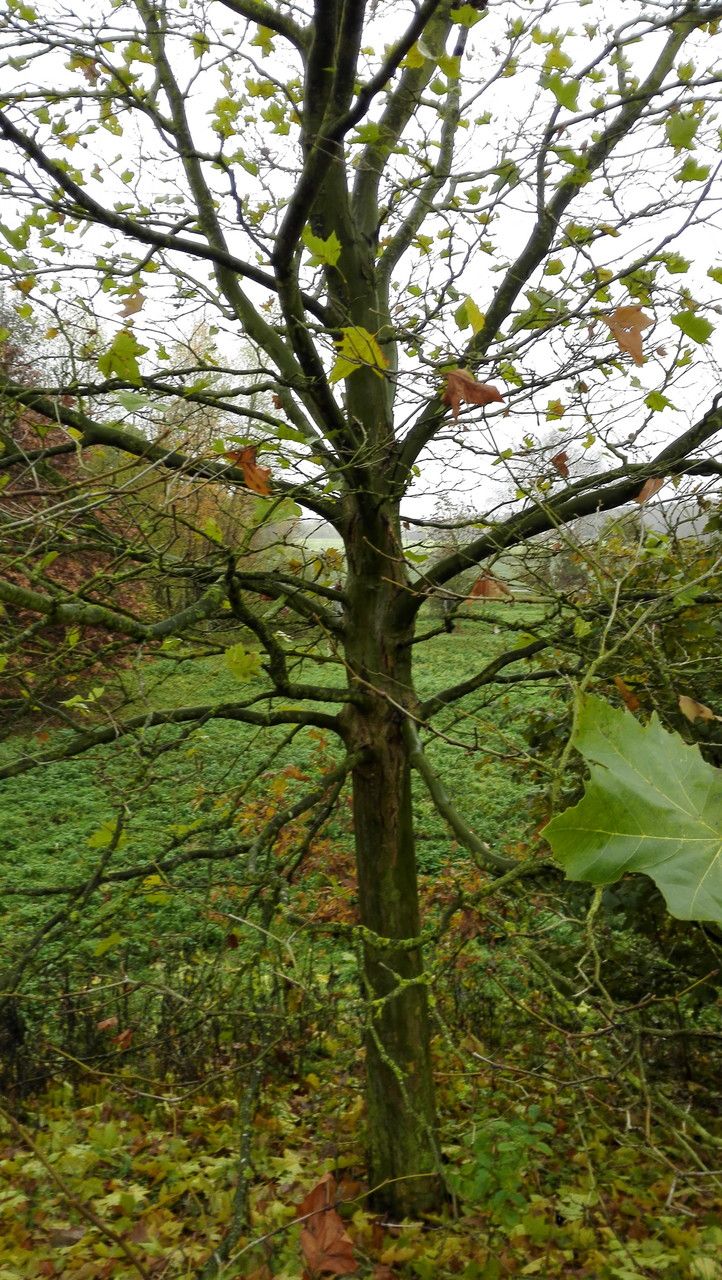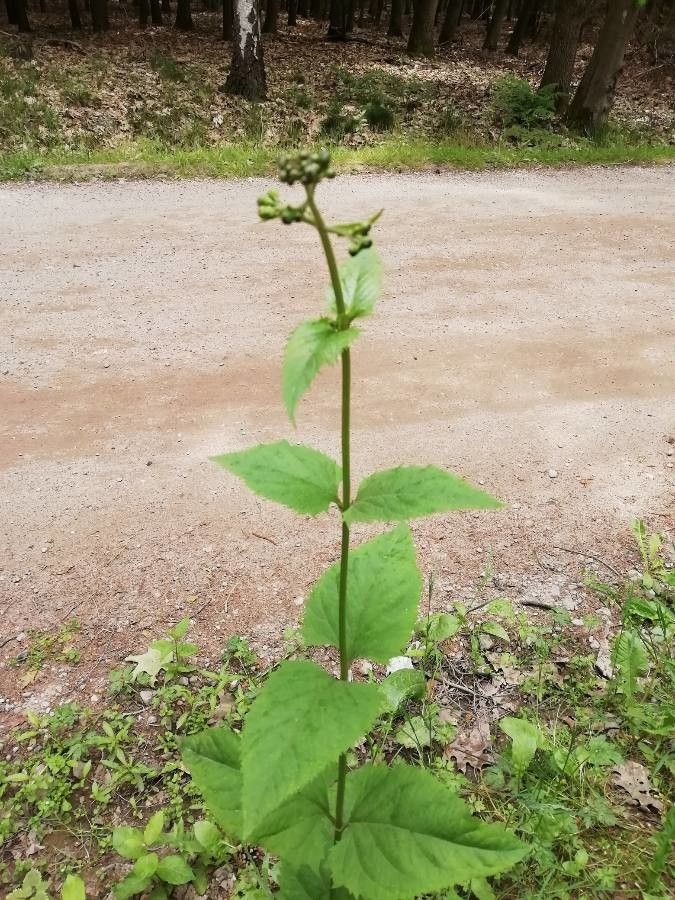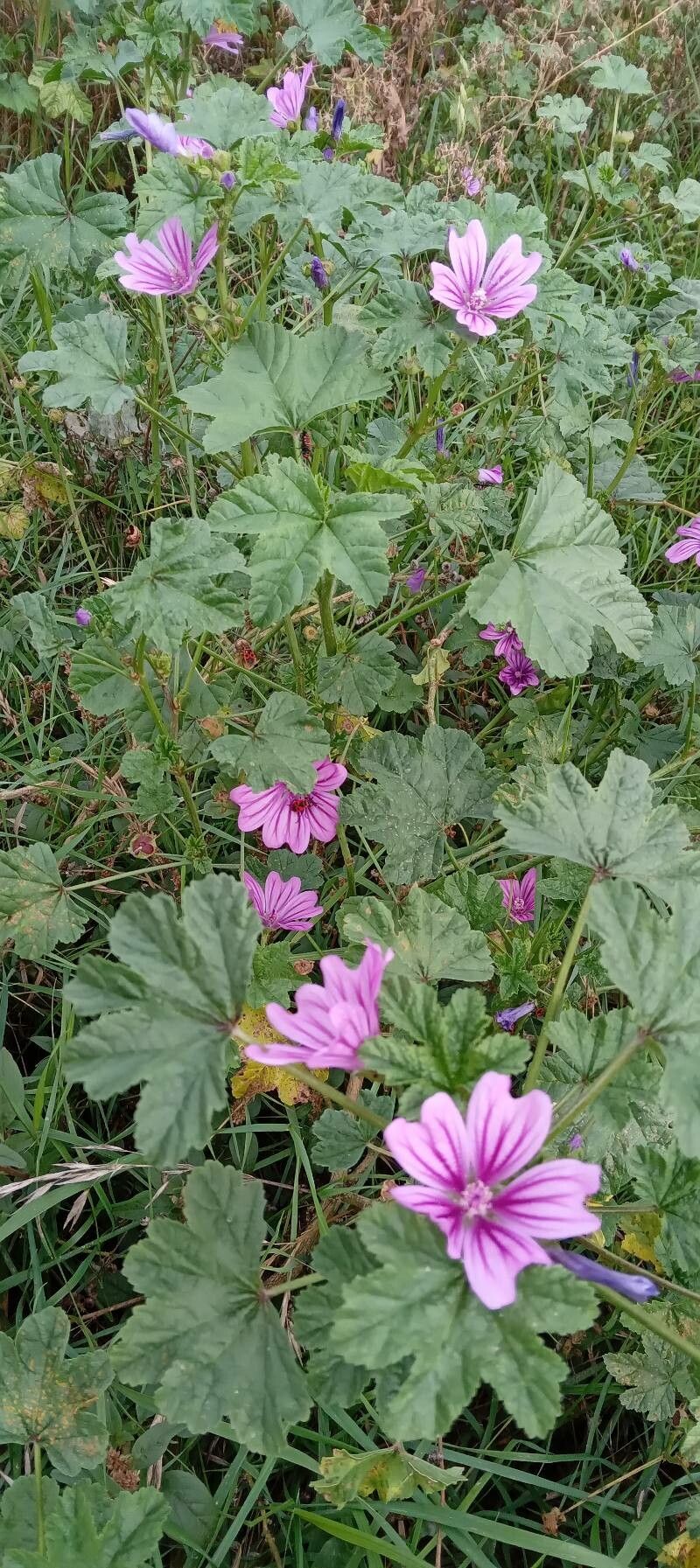## Mouse-ear Chickweed: A Comprehensive Guide
Mouse-ear chickweed (*Cerastium fontanum*), a member of the Caryophyllaceae family, is a common plant found across the globe. While often considered a weed, its delicate, mouse-ear-like leaves and charming white flowers make it a surprisingly attractive addition to a garden, particularly for ground cover. This guide will provide you with the knowledge to identify, cultivate, and manage this versatile plant.
### Identification
Mouse-ear chickweed is a low-growing, mat-forming perennial, typically reaching heights of only a few inches. Its defining characteristic is its soft, hairy, oval-shaped leaves, resembling tiny mouse ears, which grow opposite each other along the stems. The stems are sprawling and often root at the nodes, allowing the plant to spread quickly. In spring and summer, it produces clusters of small, five-petaled white flowers. These flowers have deeply notched petals, giving them a distinctive appearance.
### Habitat and Growth
Mouse-ear chickweed thrives in a wide range of conditions, demonstrating its adaptability. It's commonly found in disturbed soils, meadows, fields, and along roadsides. It prefers full sun to partial shade and tolerates a variety of soil types, although well-drained soil is ideal. Its ability to thrive in poor soil conditions makes it a useful ground cover for areas where other plants struggle.
### Cultivation and Care
While often an unwelcome guest in meticulously kept lawns, Mouse-ear chickweed can be successfully cultivated in gardens. Here are some tips:
* **Propagation:** Easily propagated from seed or cuttings. Sow seeds directly into the ground in spring or autumn.
* **Soil:** Well-drained soil is best, but it tolerates various soil types.
* **Watering:** Water regularly, especially during dry periods, but avoid overwatering which can lead to root rot.
* **Maintenance:** Regularly deadhead spent flowers to encourage further blooming. Trimming can help maintain its shape and prevent it from becoming overly sprawling.
### Potential Uses
Beyond its ornamental value, Mouse-ear chickweed has some traditional uses:
* **Ground Cover:** Its spreading habit makes it an excellent ground cover to suppress weeds and prevent soil erosion.
* **Erosion Control:** Its extensive root system helps stabilize soil, making it useful in slopes and other areas prone to erosion.
* **Wildlife Habitat:** It provides nectar for pollinators and shelter for small animals.
### Mouse-ear Chickweed vs. Other Plants
It's important to distinguish Mouse-ear chickweed from similar-looking plants. Close examination of the leaves and flowers, paying attention to hairiness and petal shape, is essential for accurate identification. Consult reputable botanical resources for confirmation.
### Managing Mouse-ear Chickweed as a Weed
If you consider Mouse-ear chickweed a weed, controlling its spread can be achieved through regular mowing, hand-pulling, or applying appropriate herbicides (always follow label instructions carefully). Early intervention is key to preventing its establishment and spread.
This comprehensive guide will hopefully empower you to make informed decisions about Mouse-ear Chickweed whether you want to cultivate it or control it in your garden.
Mouse-ear Chickweed: Guide to Growing & Care

Frequently Asked Questions
How to identify Mouse-ear Chickweed?
Look for its low-growing, mat-forming habit, soft hairy oval leaves resembling mouse ears, and clusters of small five-petaled white flowers with deeply notched petals. Check for opposite leaf arrangement along the stems.
Is Mouse-ear Chickweed invasive?
While not considered highly invasive, Mouse-ear chickweed can spread quickly due to its ability to root from its stems. It's crucial to monitor its growth, especially if you're trying to manage it as a weed.


